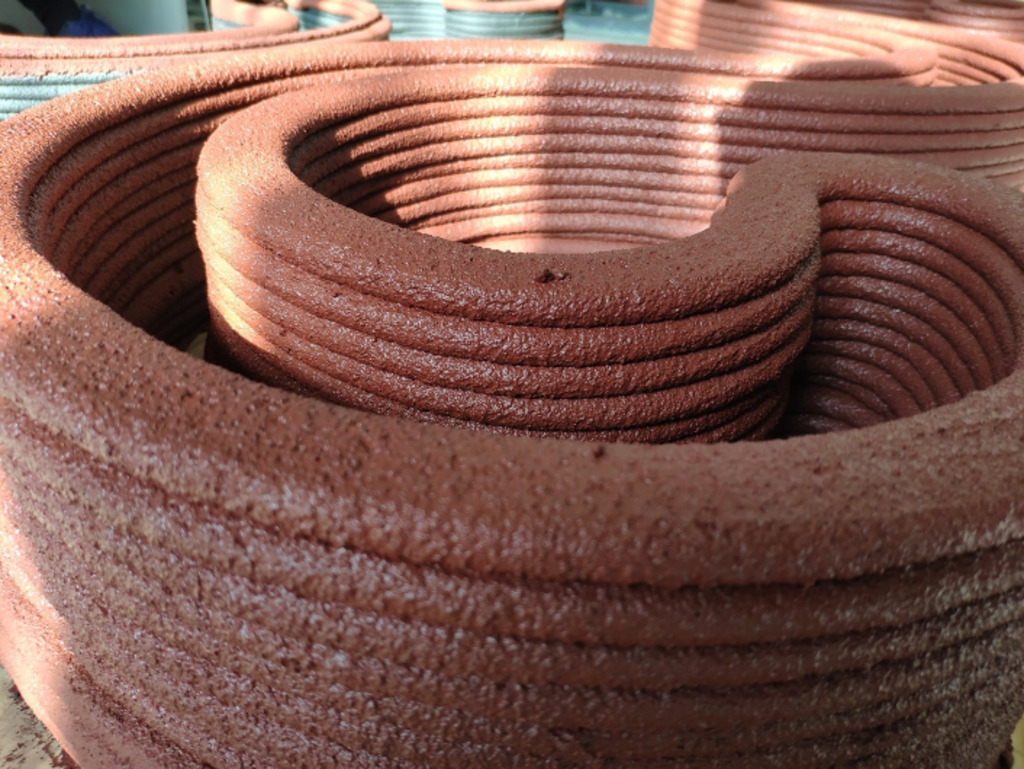French chemist and professor Joseph Davidovits coined the term "geopolymer" in 1978. Geopolymers are inorganic materials with a polymeric structure of molecules. They possess high strength and a range of specific properties. They are named geopolymers because the raw materials used for their production are mainly minerals of geological origin. They possess high strength and a range of specific properties. Geopolymer cement and geopolymer concrete represent just one of the many possible applications of geopolymer materials. Companies use geopolymer technology for the production of low-temperature ceramics, fire-proof and heat-resistant composites, and toxic and radioactive waste encapsulation.
Examples of geopolymer cement used in construction can be found in Australia, Ireland, the United States, and Russia, to name a few. For instance, in 2014, an entire airport in Brisbane, Australia, was built with a geopolymer-based concrete. In the United States, special high strength geopolymer concretes have been used for airfield and road repairs. Metropolitan tubings and elements of load-bearing structures are also produced. In 2019, Renca invented a unique geopolymer concrete to build a pedestrian bridge in Skolkovo, Russia.
In Russia, there is a rich history of the development of alkali-activated materials that started in the 1950s. The research was conducted by the Kyiv Institution of Civil Engineering, guided by Glukhovskiy V.D. Various objects were built, including the ones in civil and industrial construction. Examples include a residential house in Lipetsk, part of the railroad concrete ties in Moscow, a motorway in Magnitogorsk, and surfacing of the tank training battlefield near Chelyabinsk.
